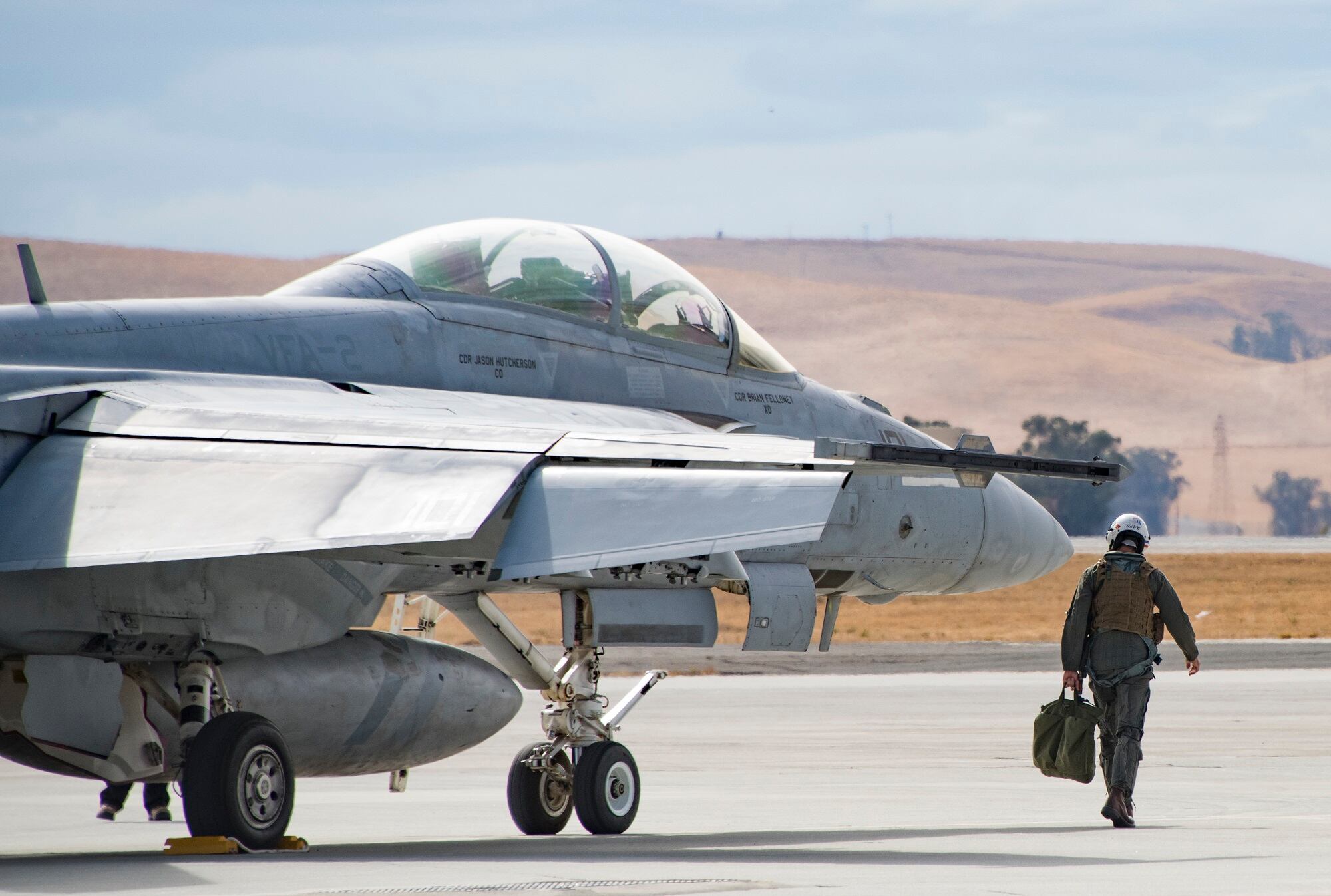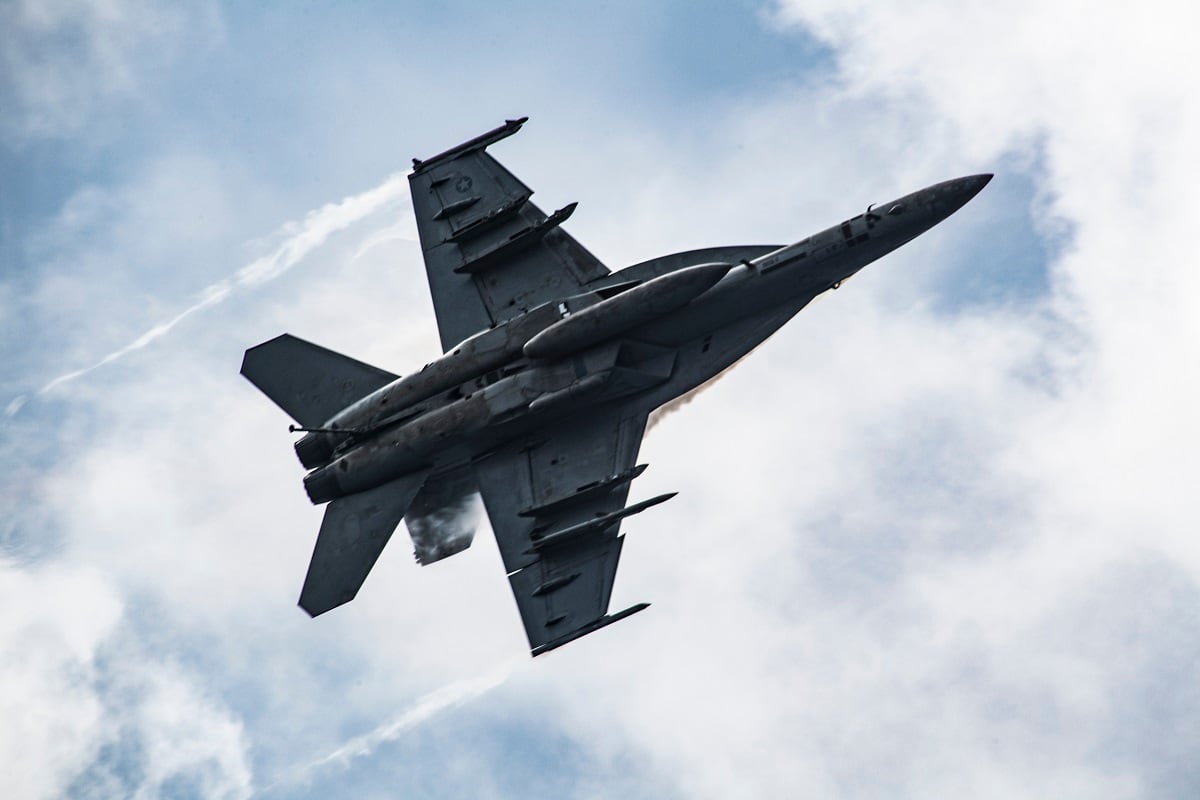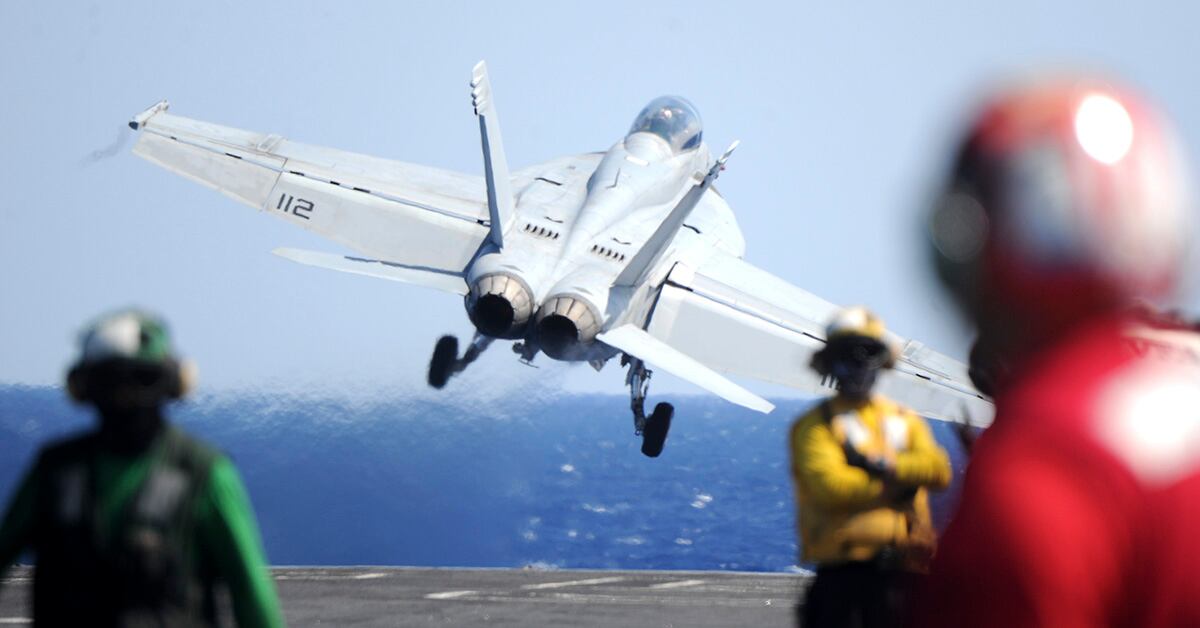A government watchdog report released this week is the latest to sound the alarm over the Air Force and Navy’s fleet of aging aircraft, vital planes that are often in no shape to fly.
The Government Accountability Office report surveyed five Air Force and seven Navy types of planes between Fiscal Years 2011 and 2016.
“The Air Force and Navy are operating many of their fixed-wing aircraft well beyond their original designed service lives and therefore are confronted with sustainment challenges,” the GAO reports.
It found that nine of 12 aircraft fell short of availability goals in 2016. Availability overall declined for half of the planes from 2011 to 2016.
While the report points out ongoing problems dogging a variety of planes, the Pentagon opted to keep the actual number of afflicted aircraft out of the public eye, GAO reports.
“Specific details regarding aircraft availability and not mission capable status for maintenance, supply, and both maintenance and supply were omitted because DOD deemed this information as sensitive (i.e., For Official Use Only),” the report states.
When aircraft availability goals are not met, everything from training to operations suffers, according to the GAO.
RELATED

“The Air Force and Navy share a variety of sustainment challenges, including the age of their aircraft as well as maintenance and supply support issues,” the report states. “The Departments of the Air Force and Navy spend tens of billions of dollars each year to sustain their fixed-wing aircraft, which need expensive logistics support, including maintenance and repair, to meet goals for availability.”
The services are implementing plans to improve the number of aircraft available at a given time, according to the GAO.
Flush with cash as a result of increased defense spending, military leaders say that they’re embarking on a “readiness recovery.”
Spearheaded by Defense Secretary James Mattis, the initiative seeks to reverse the degradation of all types of vehicles and gear brought on by a relentless operational tempo in the wake of the Sept. 11, 2001, terror attacks and several years of reduced budgets.
How that will play out remains to be seen.
Navy and Marine Corps aviation leaders report promising signs of a turnaround but it might take years to regain the readiness rates the services once reported.
Less than a year ago, the head of Naval Air Forces, Vice Adm. Troy Shoemaker, told Congress that only half of the services F/A-18 Super Hornet jets were flyable, and that just a third could be counted on to “fight tonight.”
The GAO survey looked at the Air Force’s B-52 Stratofortress, C-17 Globemaster, E-8C Joint Stars, F-16 Fighting Falcon and F-22 Raptor.
On the Navy side, GAO assessed the AV-8B Harrier, C-2A Greyhound, E-2C Hawkeye, E-2D Hawkeye, EA-18G Growler, F/A-18 Hornet and F/A-18 Super Hornet.
RELATED

While not all the aircraft faced the same problems, all 12 suffer delays in depot maintenance and a loss or impending loss of manufacturers or supplies, the GAO report states.
Most also grappled with obsolete parts, a shortage of depot maintenance personnel and unexpected parts replacement and repairs, according to the report.
The GAO report also questions why the Pentagon does not have clear guidance on sustainment strategies for legacy aircraft that are no longer in production but will be relied upon for years to come, such as the Marines' AV-8B Harrier jets.
“The program offices, the services and DOD may not have full visibility of necessary requirements to document program objectives, related risks, and the effectiveness of the program, ultimately jeopardizing the sustainability and affordability of each of the programs,” the report states.
Geoff is the managing editor of Military Times, but he still loves writing stories. He covered Iraq and Afghanistan extensively and was a reporter at the Chicago Tribune. He welcomes any and all kinds of tips at geoffz@militarytimes.com.





